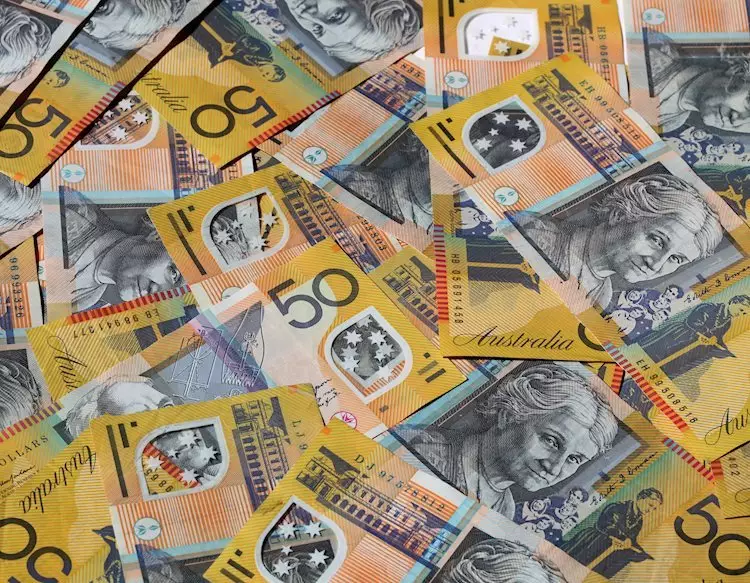The AUD/USD pair experienced a slight retreat on Friday, settling near 0.6575, showcasing a modest descent of 0.30%. Despite this minor setback, the Reserve Bank of Australia (RBA)’s consistent hawkish stance and the positive Chinese inflation data reported during the European session have the potential to maintain the strength of the Australian Dollar.
RBA’s Hawkish Discourse
RBA Governor Michele Bullock recently emphasized the reduced need for rate cuts, adopting a hawkish tone by stating that the board would not hesitate to increase rates if necessary to combat sustained inflation. The RBA’s unwavering stance is reflected in the market’s expectation of just a 25 basis points easing in 2024, highlighting the confidence in the Australian economy’s resilience.
In line with the positive sentiment, the National Bureau of Statistics in China announced a 0.5% increase in consumer prices in July year-on-year, surpassing the forecast of 0.3%. This uptick in inflation numbers, especially the headline CPI reaching the highest level since February, alleviates concerns about a significant economic downturn in China.
The recent price action of the AUD/USD pair indicates that bulls are facing strong resistance around the 0.6600 level, supported by the convergence of key moving averages. However, the support at 0.6500 has remained robust, providing a solid foundation for the currency pair. The Relative Strength Index (RSI) hovering around the neutral zone signifies a balanced market sentiment with neither excessive buying nor selling pressure.
Inflation plays a crucial role in shaping currency value and market dynamics. It measures the increase in the prices of goods and services over time, influencing central banks’ policy decisions on interest rates. Core inflation, which excludes volatile elements like food and fuel, is closely monitored by central banks to maintain stable economic conditions. When inflation surpasses the 2% target, central banks often raise interest rates to curb inflation, attracting capital inflows and strengthening the currency.
Gold vs. Inflation
Traditionally, Gold has been perceived as a safe-haven asset during periods of high inflation due to its value-preserving characteristics. However, in the current economic landscape, higher inflation levels prompt central banks to raise interest rates, making Gold less appealing compared to interest-bearing assets. Conversely, lower inflation levels tend to boost Gold’s attractiveness as reduced interest rates make it a more viable investment option.
The RBA’s hawkish stance and the positive Chinese inflation data have contributed to the resilience of the AUD/USD pair, despite minor setbacks. As inflation remains a key driver of currency value, investors closely monitor economic indicators to gauge future market movements. Maintaining a balanced approach to market analysis and understanding the interplay between inflation and currency dynamics are essential for informed investment decisions.

